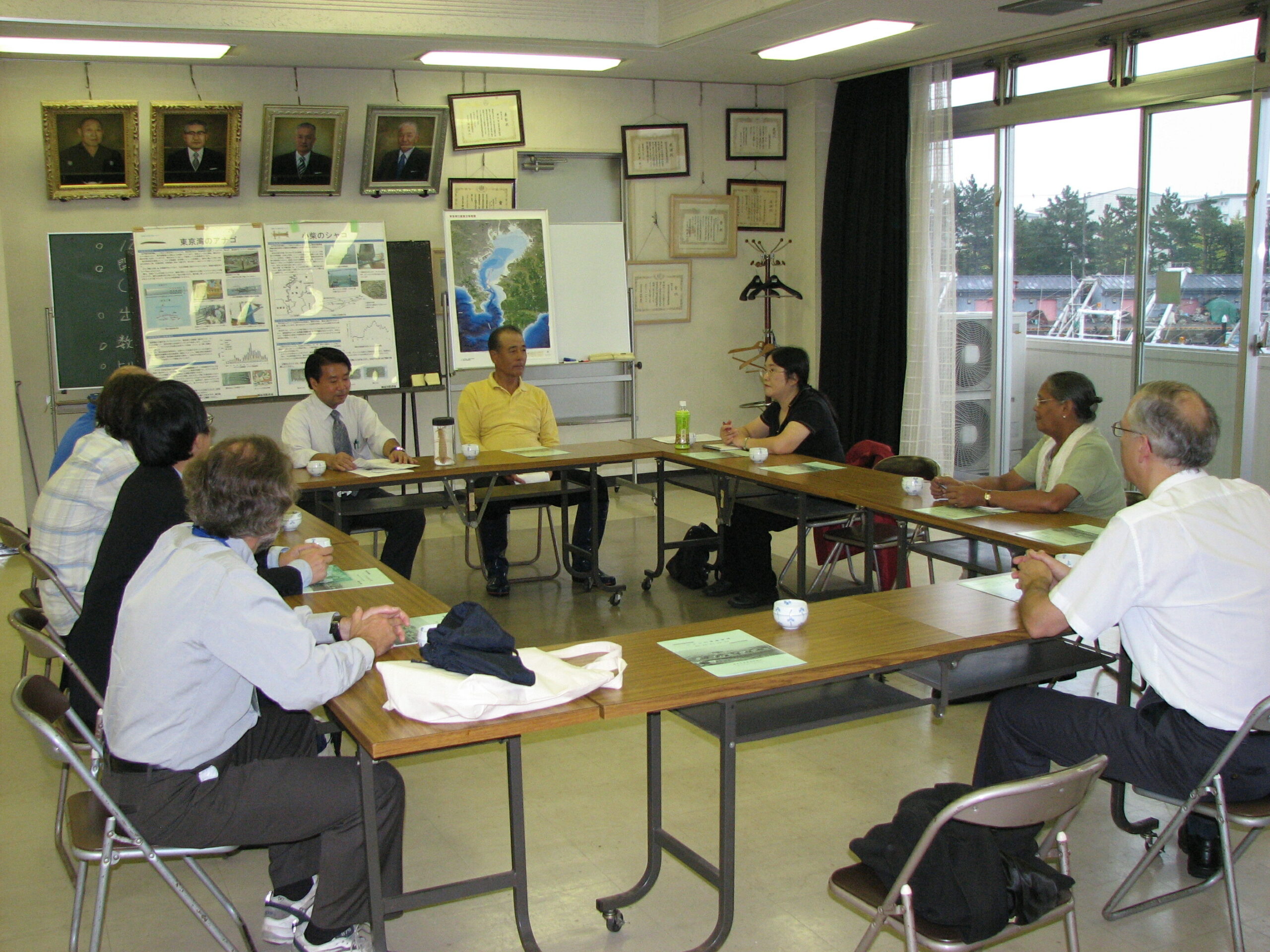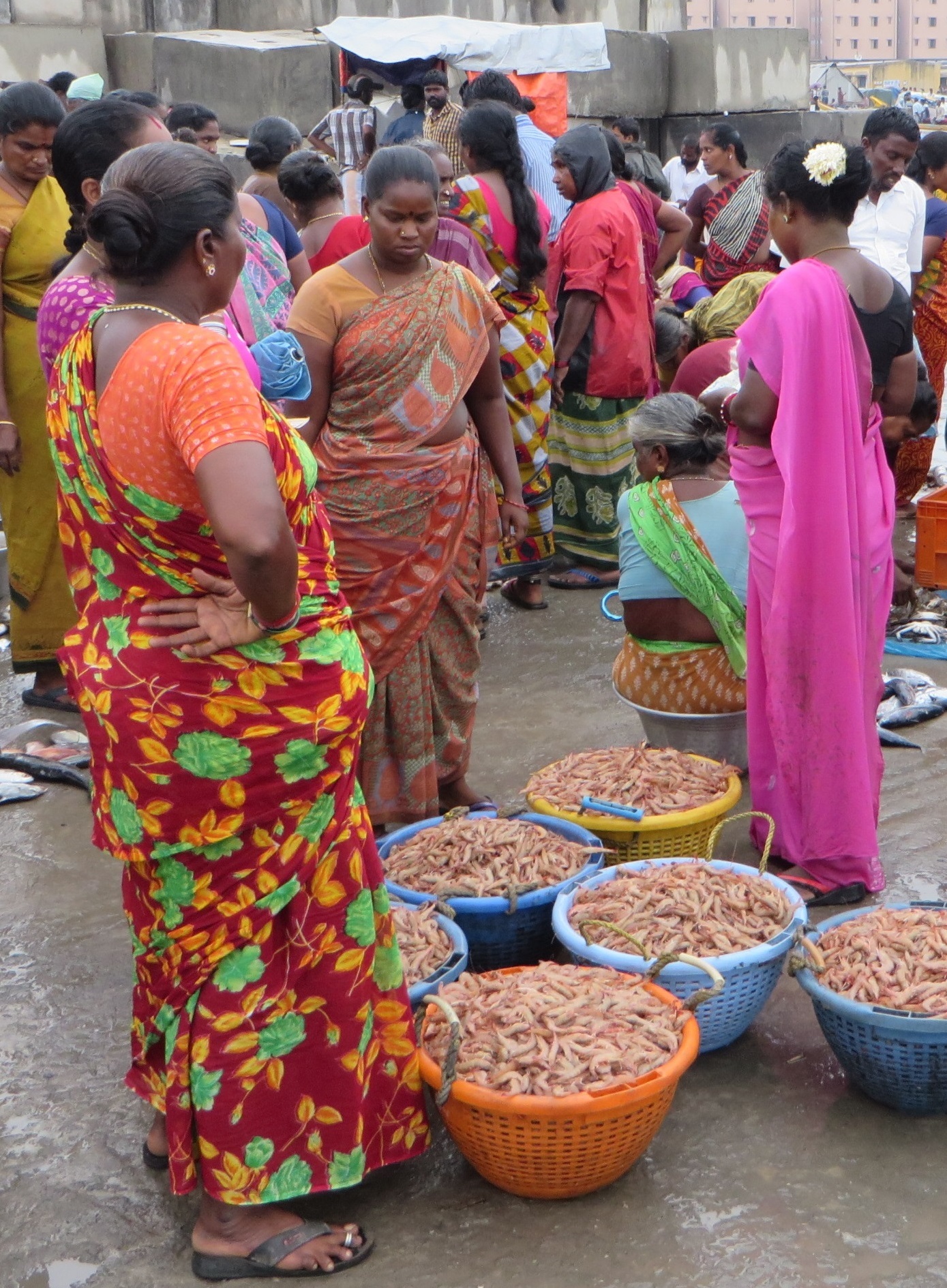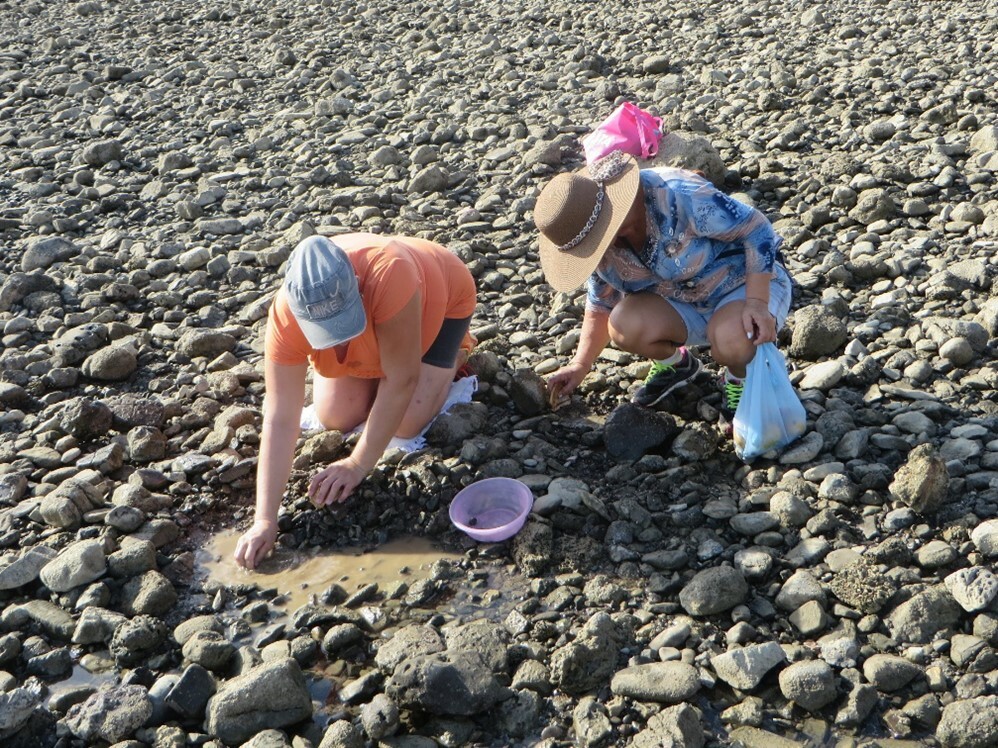(From the Preface)
by Anthony Charles
Decades have passed since the original edition of this book appeared, early in the 2000s. I am pleased to say that the content of that book has stood the test of time – the various themes that were covered in it remain valid today. That said, a great deal has happened over the decades.
There has been widespread analytical focus on social-ecological systems, and a global policy focus on ocean and biodiversity conservation. Those developments reinforce the crucial nature of the two areas emphasised in the original book – using systems approaches and moving toward sustainable fisheries. Along those lines, the emergence of conservation tools such as marine protected areas, and management tools such as marine spatial planning, has been so extensive that their interaction with fisheries needs to be examined. And without doubt, the dire worldwide threats of climate change have major impacts on fishery systems in many ways.
Further, there has been an unprecedented spotlight in recent decades on small-scale fisheries around the world, with what is likely the most important fishery document in that time period being the international Voluntary Guidelines for Securing Sustainable Small-Scale Fisheries developed by FAO. This ties in with an increasing recognition of the impressive role fishers, fishworkers and fishing communities play in managing their fishery resources and conserving their local aquatic environments.
Related to this has been a major shift in how we consider the knowledge needed for fishery decision-making – while in the past, the focus might have been on ‘fishery research’ we now see it is at least equally from the traditional, fisher and community knowledge held by those engaged in the fishery. Shifts in fishery governance to more engagement and participation support these shifts over time.
All the above newly-prominent considerations call out for attention in a book such as this, and the second edition of Sustainable Fishery Systems covers them all… a culmination of interests I have had, throughout my career, in the holistic and systematic analysis of fisheries, and in seeking out approaches to improving the sustainability and resilience of fisheries.
I have sought, in writing this, to produce something accessible to everyone interested in looking at fisheries from an integrated perspective and in exploring the various routes to more sustainable fisheries. I hope that this would include undergraduate and graduate students from various disciplines, as well as professionals in the fishery field, whether academics, those in science and management, or those within fisher organizations and the fishery sector itself.
With that in mind, the aim here is to present a fairly comprehensive coverage of the many aspects of fishery systems, what fisheries are all about, and where they are heading (or should be heading). So, the content and organisation reflect the diverse nature of fisheries, covering a wide range of topics – from the structure the various components of fisheries, and how these aspects change over time, through the various pieces of the fishery governance and management system, to a set of core challenges in fishery systems, and presentation of the major modern approaches to dealing with those challenges, as well as exploration of how fisheries are interacting with some of the most prominent elements beyond the fishery. The various chapters of the book can be viewed as pieces of the puzzle, all adding up to give a full sense of the fishery system and how it can be sustained today.



